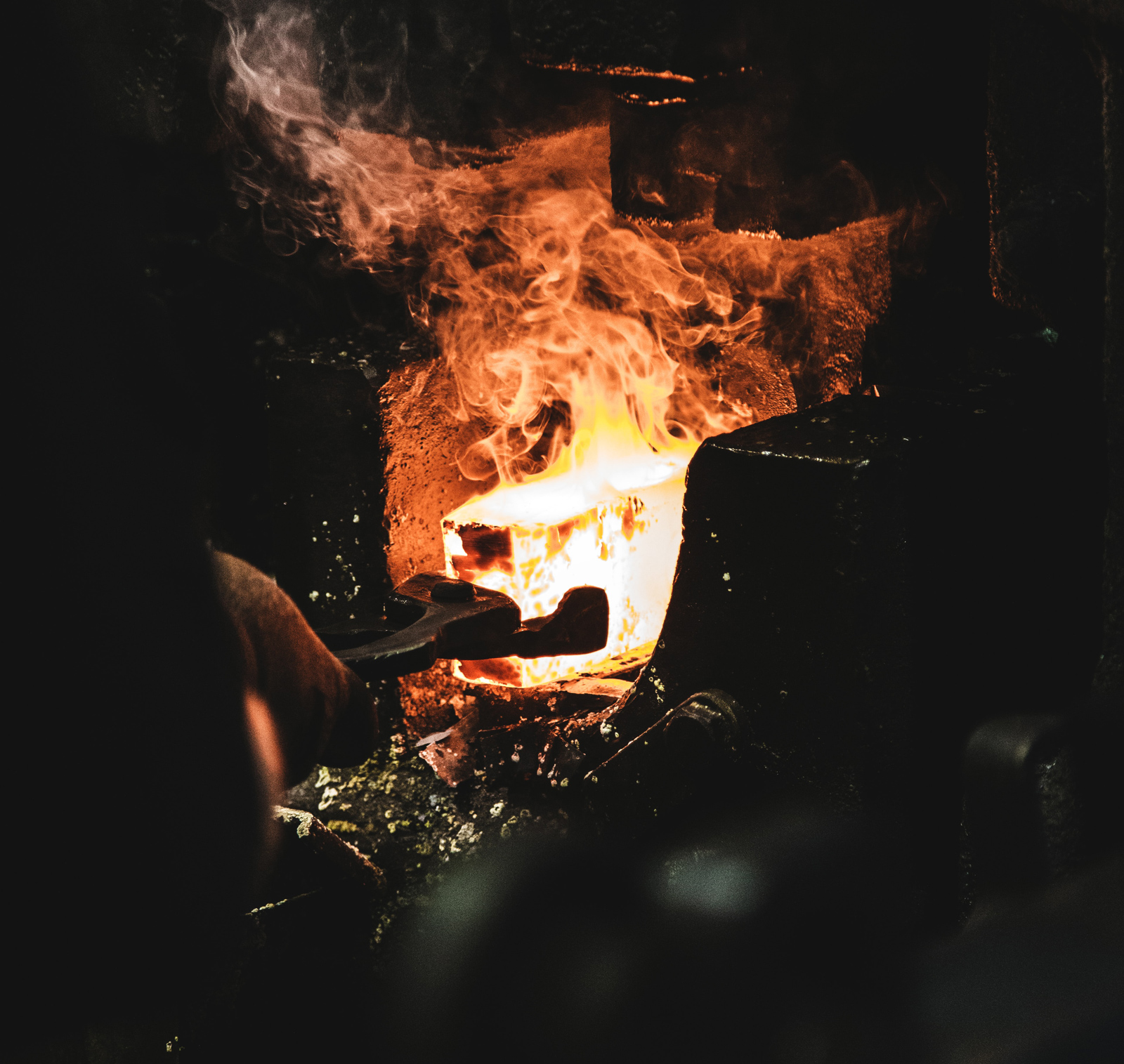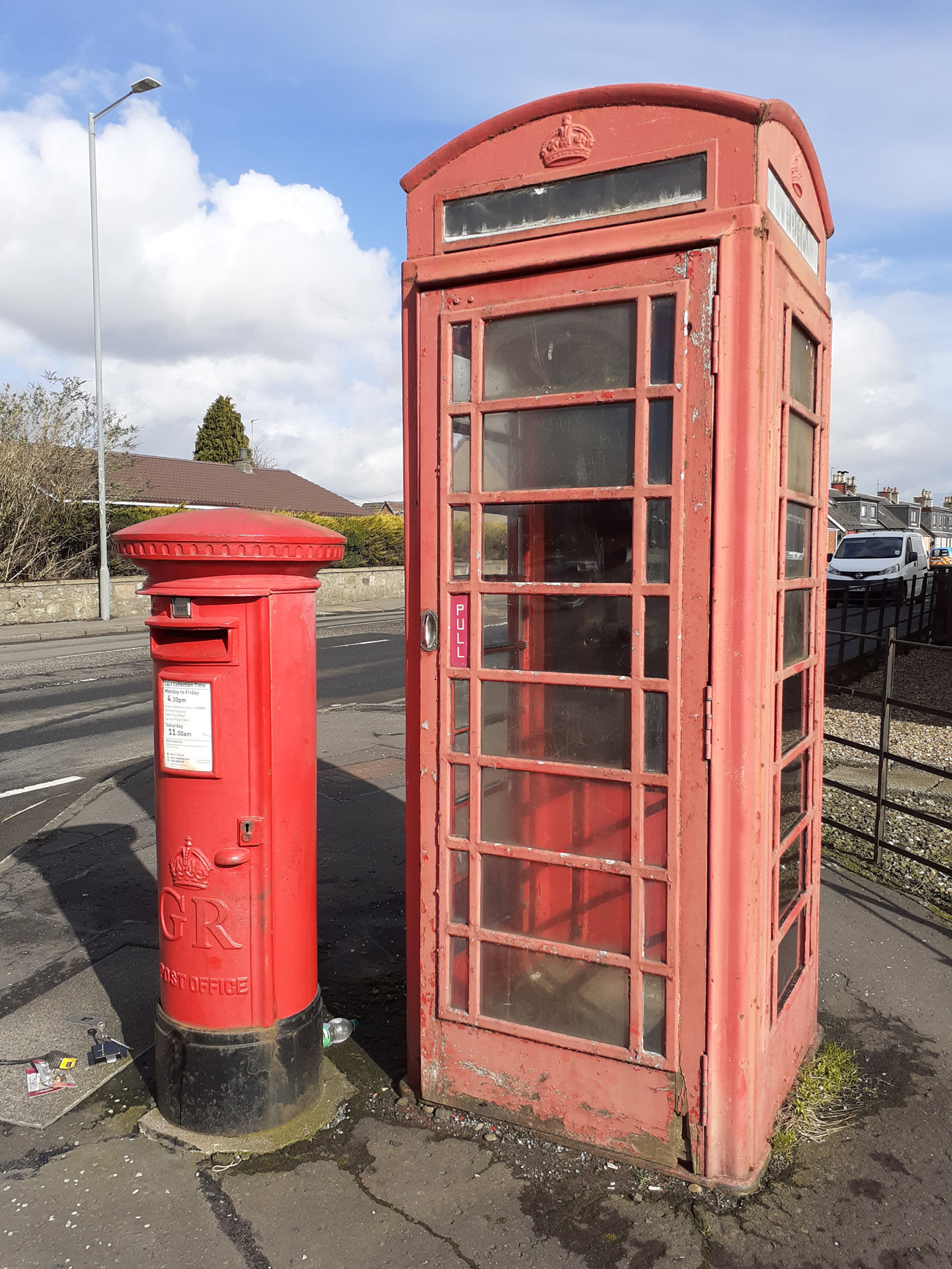The images presented in the "Images of Industry" Exhibition were only a sample of a much bigger body of work. Working for the Falkirk Museum service (1979-82) photographer Tom Astbury captured hundreds of images, each telling stories of their own, and together relating the collective story of the Falkirk area’s 20th century industry. It is an historic tapestry in which the strands of ironworking, coal and fireclay mining, brickworks, paper mills, chemical works and shipping, are interwoven. The images may be black and white, but the picture they paint is full of colour. The eighteen photographs exhibited in Grangemouth sparked numerous conversations and brought many personal stories to light. The following 17 photos expand that narrative. The many other photographs of Tom Astbury, taken as part of his work for the Falkirk Museum Service, can be found at the Falkirk Archives in Callendar House.
The images may be black and white, but the picture they paint is full of colour.
fields['text']) echo $section->fields['text']; ?>
Until the mid-17th century Falkirk was a typical Lowland market town with an agricultural economy in its hinterland. The Trysts or great cattle markets started later that century and led to a tanning industry. As the market economy developed shipbuilding took place at Airth and Carronshore, and Bo’ness became the main port. Then, in 1759, Carron Iron Works was established and became the largest foundry in Europe. In the following century dozens of iron foundries followed in its wake. Support industries such as refractory brickmaking, sieve-making, and file-making grew. This all required an increase in coal and ironstone mining and major improvements to the transport system. Canals and railways were constructed and new towns and villages were planted in the countryside, including Grangemouth, Laurieston, and Camelon.
Workers flocked to the area and a consumer base was established. Housing had to be provided. The multiplicity of churches, libraries and schools reflected the wealth generated and spent in the area. New industries capitalised on the location and chemical works evolved from making iodine from seaweed to huge oil refineries. By the middle of the twentieth century there was an over-provision of foundries and many amalgamated or were taken over by conglomerates. Centralisation followed and works closed, many moving production to outside the area. It is this latter period that is shown in this collection of photographs from the late 1970s and early 1980s.

